MT BULLER MT STIRLING PLANTING GUIDE MT BULLERMT
68-Pionerismo_Cabulleria¹ UPPSKATTNING AV BULLERNIVÅER I SVERIGES LÄN AN ESTIMATION
DNR MBN 2010000119 BOLAGET FÖRELÄGGANDE OM BULLERFÖRBÄTTRANDE ÅTGÄRDER VID
MT BULLER MT STIRLING PLANTING GUIDE MT BULLERMT
PLANTING GUIDE
Mt Buller Mt Stirling Planting Guide
----------------------------------------------

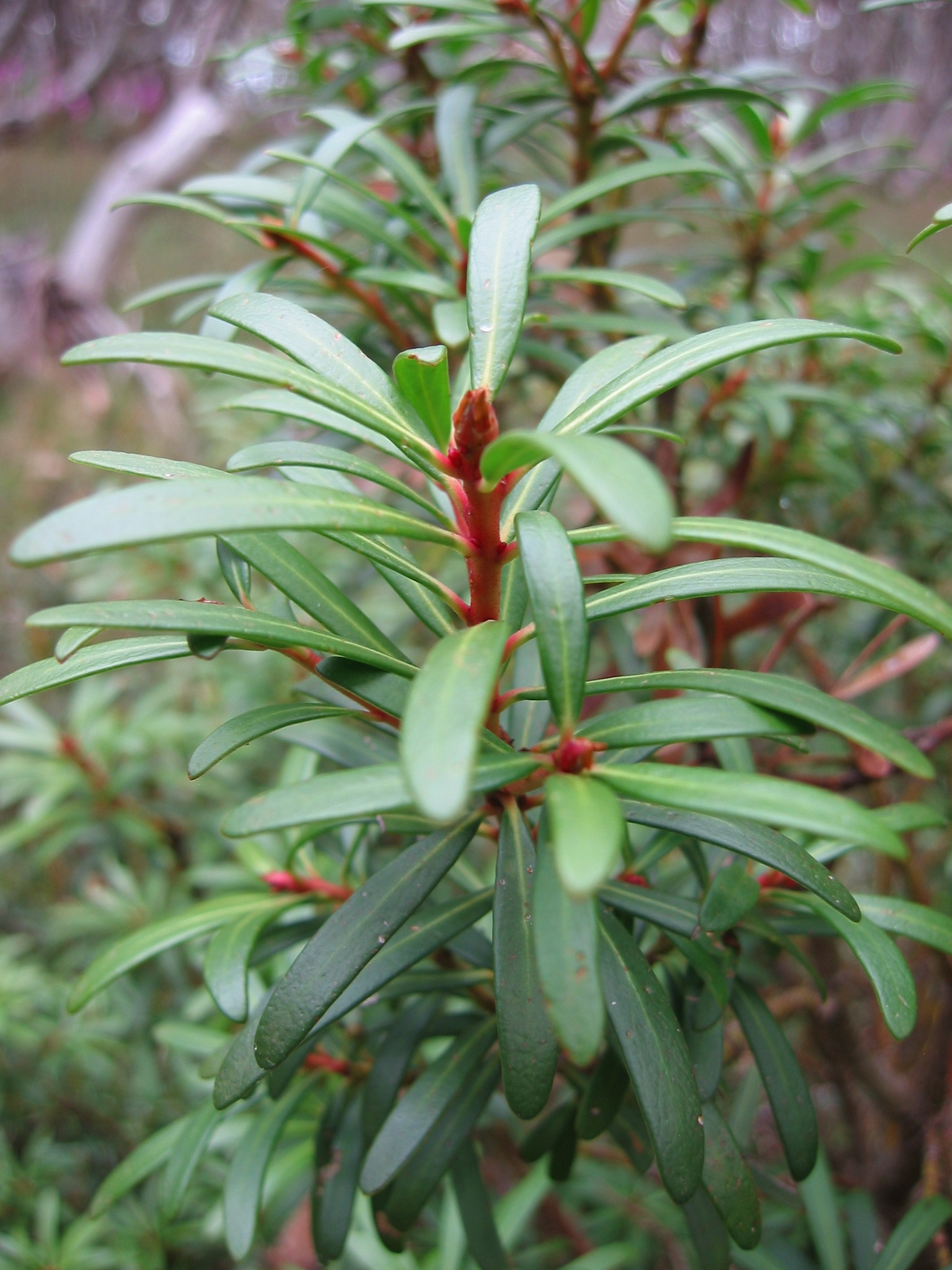
Mt BULLER/MT STIRLING PLANTING GUIDE
Mt Buller and Mt Stirling Alpine Resort Management Board
Version 3 – 2005
Purpose
The purpose of this guide is to provide developers, the general public and other interested parties information about planting and gardening in the alpine environment at Mt Buller and Mt Stirling. This guide aims to facilitate beautification of the Mt Buller village and protection and improvement of the ecological integrity of Mt Buller and Mt Stirling.
S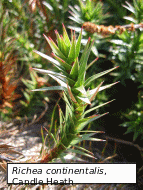 pecifically
this guide will address the following areas:
pecifically
this guide will address the following areas:
When to plant – advice on the best time of year to plant;
What to plant – advice on which species are suitable for different areas;
How to plant – advice on soil preparation and planting techniques;
How to look after plants – advice on what maintenance is required to ensure the ongoing survival of plants;
Where to get materials and equipment – contacts for plants, straw, fertilizer and other equipment.
Weed control – advice on controlling and identifying weeds.
Introduction
Australia’s alpine environment is a spectacular and unique environment, home to plants and animals that are not found anywhere else. These flora and fauna evolved over millions of years in response to continual climatic and geographic changes. The current distribution of plants and animals across Australia is a result of the interaction between the forces of evolution and the environment.
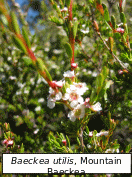
Australia is relatively flat, dry and hot compared to other parts of the world. The southeastern corner is the exception to both these rules, where high mountain ranges extend across Victoria, Canberra, New South Wales and also Tasmania. The climate in these mountains is drastically different from the climate of the surrounding lowlands, caused by a corresponding decrease in air temperature with increasing altitude.
This temperature gradient is reflected by distinct changes in the floral communities with increasing altitude. This is quite evident driving up to the Mt Buller village. Three of the more distinct vegetation zones are the impressive stands of Alpine Ash in the montane zone, the distinctive and beautiful Snow Gums in the sub-alpine zone and the treeless herb fields and grasslands that lie in the alpine zone. The plants and animals that inhabit these three zones are specifically adapted to the climatic conditions found there.
T he
alpine zone
is loosely defined as being the area above the physiological limit of
tree growth. The alpine zone is subject to heavy, persistent
blanketing with snow for extended periods of time. The
sub-alpine zone
is characterized by the presence of Snow Gums, but also experiences
persistent snow throughout winter. These two zones, often referred to
as ‘snow-country’, comprise about 11,500 square
kilometres, or 0.15% of the Australian landmass.
he
alpine zone
is loosely defined as being the area above the physiological limit of
tree growth. The alpine zone is subject to heavy, persistent
blanketing with snow for extended periods of time. The
sub-alpine zone
is characterized by the presence of Snow Gums, but also experiences
persistent snow throughout winter. These two zones, often referred to
as ‘snow-country’, comprise about 11,500 square
kilometres, or 0.15% of the Australian landmass.
S
Podolobium
alpestre,
Alpine Shaggy-pea
In addition to protecting the alpine environment, it is important that we celebrate it for its unique beauty. To live, work or play in this environment is a privilege. We all have a responsibility to ensure our lives and activities don’t impact negatively on the alpine environment. One way you can do this is by planting native flora species around your lodge.
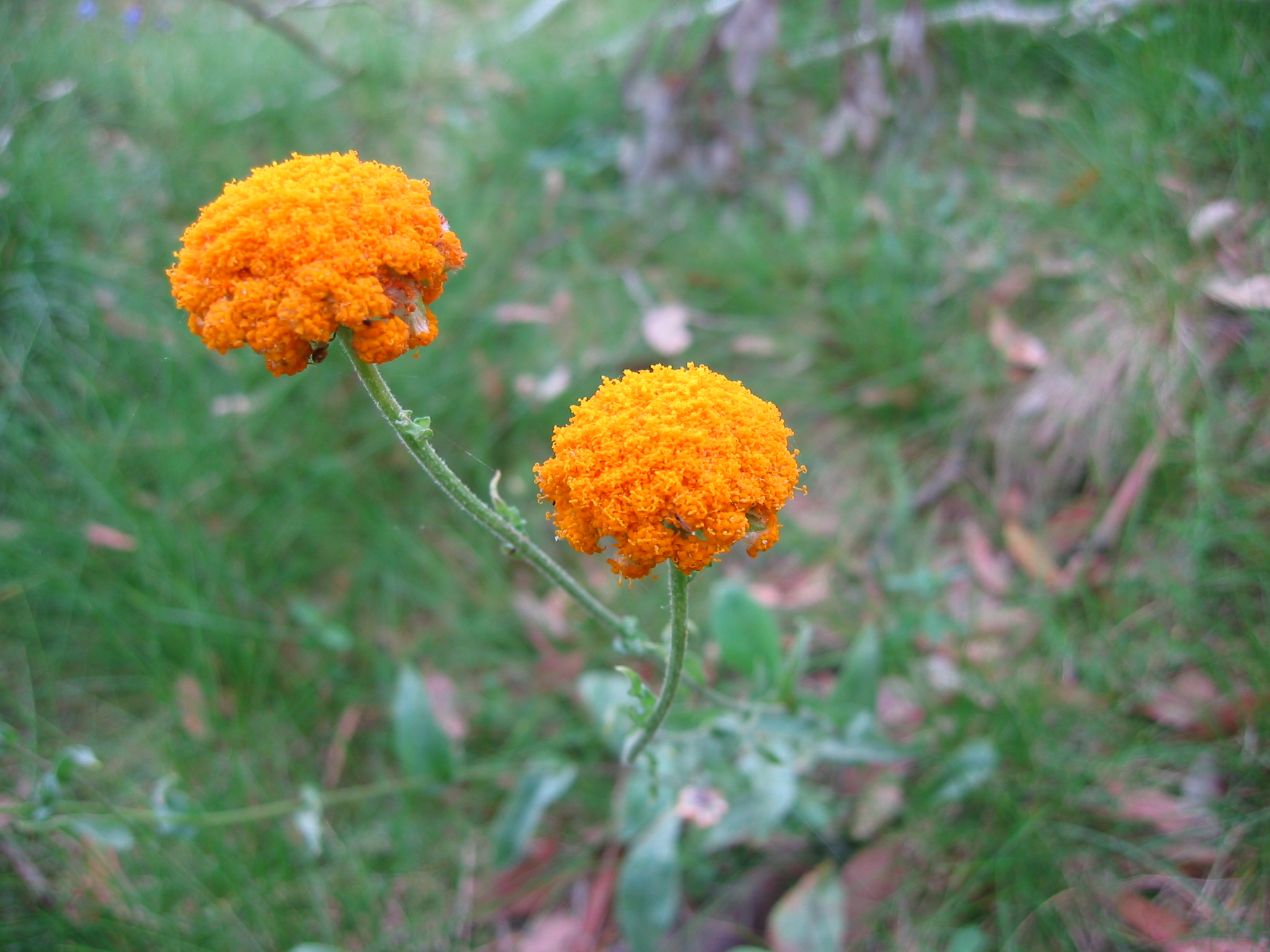
Craspedia
coolaminica,
Billy Buttons
Why Should I Plant?
Regardless of whether you are a developer, resident, property owner or other stakeholder at Mt Buller / Mt Stirling, there are many benefits to planting native plants including:
Native plants provide food and habitat for native fauna;
Native plants blend in with and complement the natural environmental aesthetics of Mt Buller;
Revegetation controls surface runoff, stabilizing soil and preventing erosion;
Planting with native plants increases the viability of existing vegetation communities and the overall ecological integrity of the resort.
If you are a developer, any trees that are removed during development must be replaced at a ratio of at least ten to one (i.e. For every tree removed, ten must be planted), as specified in the planning permit. Even if no trees are removed developers still have an obligation, explicitly contained in the conditions of the planning permit, to restore and rehabilitate disturbed ground. Additionally, landscaping and revegetation works will also add to the value of the property and may lead to quicker sales, higher prices or increased occupancy.
Failure to revegetate disturbed ground or planting exotic plants can contribute to several environmental problems:
Soil loss due to lack of vegetation, leading to increased sedimentation in the rivers and streams which sustain life, agriculture, commerce and ecological systems elsewhere in the catchment;
Potential invasion of environmental weeds and their outward disbursement into other environments such as the Alpine National Park;
Decreased utilization by native fauna;
Some exotic plants can provide shelter or food to pest animals such as foxes.

T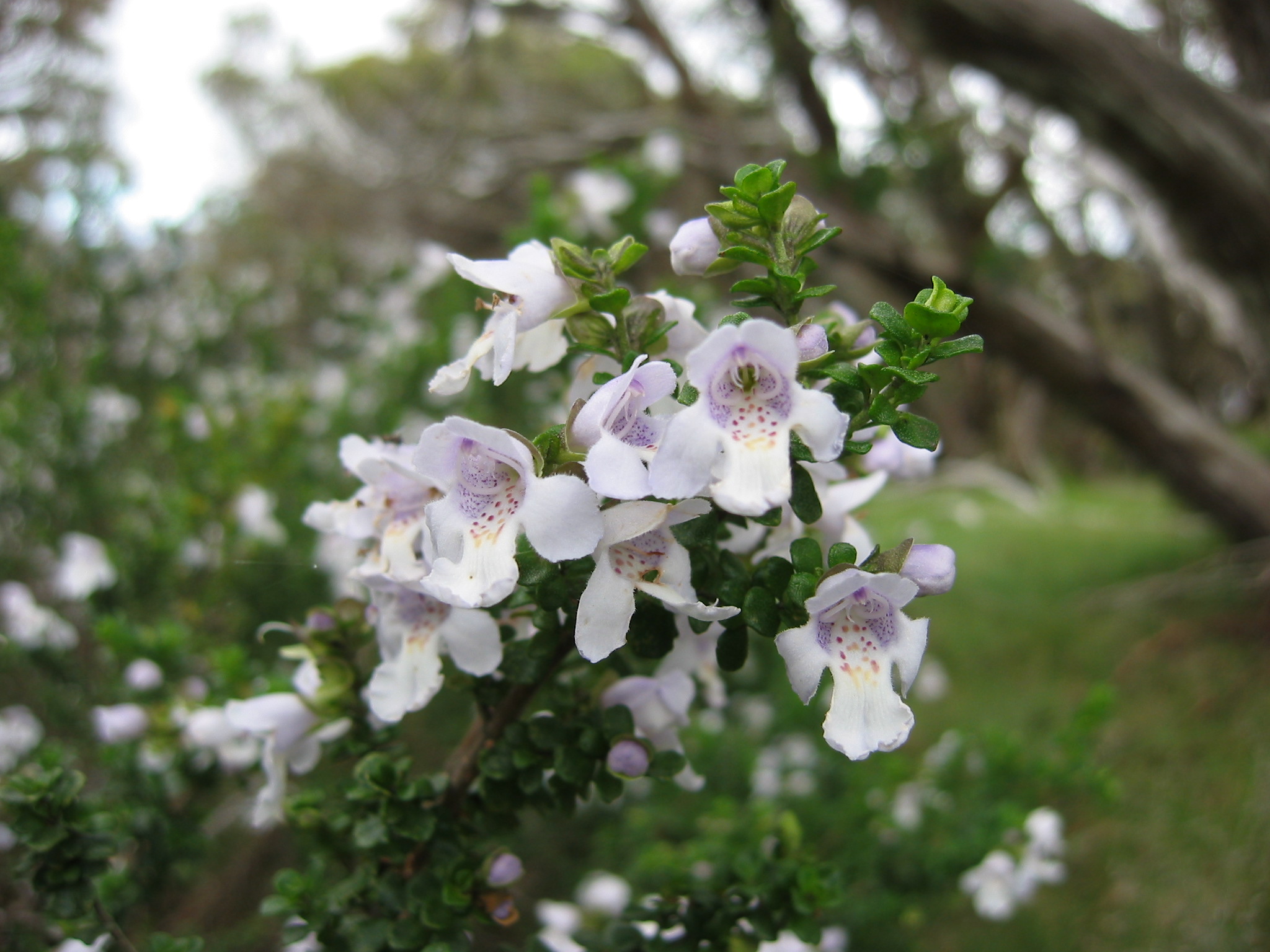 he
Mt Buller and Mt Stirling Alpine Resort Management Board’s goal
“to protect and rehabilitate native flora and vegetation
associations within the resort area” agrees with State and
Federal government objectives to increase net vegetation cover.
he
Mt Buller and Mt Stirling Alpine Resort Management Board’s goal
“to protect and rehabilitate native flora and vegetation
associations within the resort area” agrees with State and
Federal government objectives to increase net vegetation cover.
Pimelea
ligustrina,
Tall Rice-flower
It recognizes that native vegetation communities provide a range of ecosystem functions that are fundamental to overall environmental health.
Prostanthera
cuneata,
Alpine Mint-bush
The environmental values of Mt Buller and Mt Stirling are a major attraction for many guests, particularly those that visit outside of winter. There are currently many initiatives focused on promoting the non-winter visitation of guests to the area, so revegetation and beautification of the Resort are essential components of this shift in patronage.
When Should I Plant?
Planting should take place from December through to no later than the end of March. This will allow the plants a short time to “settle” before the cold weather sets in. Any plants put in after March are less likely to survive the extreme cold of winter.
What Should I Plant?
It is important that any plants you want to grow are locally indigenous. This means that they must be native, but they must also be grown from seed or cuttings collected at Mt Buller or Mt Stirling. This is referred to as genetic provenance and is important because plants from this area or genetic provenance may be slightly but significantly different in their genetic makeup to the same species growing elsewhere.
In the Australian Alps a particular plant species may be widespread, but individual populations may be completely isolated due to geographic factors. This means that breeding between communities is rare. Hence there is very little genetic exchange between populations. In such relative isolation individual populations may adapt traits that are not present in other populations. Such traits or adaptations may actually make them better suited to local conditions. Possible adaptations that may occur include resistance to disease, the ability to survive extreme temperatures and increased seed production.
What this means to you is that by purchasing and planting locally indigenous plants, your plants will be adapted to local conditions and will probably grow better than plants from outside this genetic provenance.
Below is a list of species available in Spring and Summer. Also included to help you choose the best plants is some basic information about the size and shape of the plant, its preferred conditions and the colour of the flowers (where applicable).
|
Scientific Name |
Common Name |
Growth Form |
Conditions |
Flower Colour |
|
Baeckea gunniana |
Alpine Baeckea
|
Shrub to 1.5m |
Wet areas |
White |
|
Baeckea ramossissima |
Rose Baeckea |
Prostrate shrub |
Open exposed areas |
|
|
Baeckea utilis |
Mountain Baeckea |
Shrub to 1.5m |
Shaded wet areas |
White |
|
Brachyscome rigidula |
Leafy Snow Daisy |
Forb |
Open areas |
Purple |
|
Coprosma nitida |
Shining Coprosma |
Shrub to 1m |
South side area |
|
|
Craspedia coolimenica |
Billy buttons |
Forb |
Open areas |
Yellow |
|
Derwentia derwentiaina |
Derwent’s Speedwell |
Forb to .5m |
Sub-alpine zone |
Pink/white |
|
Derwentia perfoliata |
Diggers Speedwell |
Forb to .3m |
Exposed rocky areas |
Purple |
|
Dianella tasmanica |
Tasman Flax Lily |
Deep rooting lily |
Sub-alpine zone |
Blue |
|
Epacris paludosa |
Swamp Heath |
Shrub to 1.5m |
Wet areas |
White |
|
Eucalyptus pauciflora ssp. niphophila |
Snow Gum |
Tree to 15m |
Sub-alpine zone |
|
|
Grevillea australis |
Alpine Grevillea |
Shrub to .5m |
Exposed open areas |
Creamy white |
|
Grevillea victoriae |
Royal Grevillea |
Shrub to 2.5m |
Sub-alpine zone |
Red |
|
Leptospermum grandifolium |
Mountain Tea Tree |
Tree to 5m |
Wet areas |
White |
|
Leucopogon maccraei |
Alpine Beard Heath |
Shrub to 1.5m |
Sub-alpine zone |
White |
|
Micrantheum hexidreaum |
Box Micrantheum |
Shrub to 1.5m |
Sub-alpine zone |
|
|
Olearia algida |
Alpine Daisy Bush |
Shrub to .5m |
Exposed areas |
White |
|
Olearia phloggopappa |
Dusty Daisy Bush |
Shrub to .5m |
Exposed areas |
White |
|
Orites lancifolia |
Alpine Orites |
Shrub to 1.5m |
Exposed areas |
Cream |
|
Ozothamnus hookeri |
Kerosene Bush |
Shrub to .5m |
Exposed areas |
Cream |
|
Phebalium phylicifolium |
Forest Phebalium |
Shrub to 1.5m |
Exposed areas |
Yellow |
|
Phebalium squamulosum |
Mountian Phebalium |
Shrub to .5m |
Exposed areas |
Yellow |
|
Pimelea alpina |
Alpine Rice Flower |
Shrub to .5m |
Exposed areas |
White |
|
Pimelea ligustrina |
Tall Rice Flower |
Shrub to 1.5m |
Sub-alpine zone |
White |
|
Poa costiniana |
Prickly Snow Grass |
Grass |
Exposed areas |
|
|
Poa ensiformis |
Ledge Grass |
Grass |
Sub-alpine zone |
|
|
Poa fawcettiae |
Soft Snow Grass |
Grass |
Widespread |
|
|
Podocarpus lawrencei |
Mountain Plum Pine |
Shrub to 1.5m |
Widespread |
|
|
Podolobium alpestre |
Alpine Shaggy Pea |
Shrub to 2m |
Sub-alpine zone |
Yellow |
|
Prostanthera cuneata |
Alpine Mint Bush |
Shrub to 1.5m |
Widespread |
White |
|
Richea continentis |
Prickly Candlesticks |
Shrub to .3m |
Wet areas |
White |
|
Rytidisperma apicola |
Crag Wallaby Grass |
Grass |
|
|
|
Tasmannia xerophila |
Alpine Pepper |
Shrub to 1m |
Sub-alpine zone |
|
How Do I Plant?
Because of the rocky nature of the soil in most parts of Mt. Buller and Mt Stirling the best planting tool is the mattock. This creates a good-sized hole for planting easily and quickly and can be used to dislodge rocks that may get in the way. Mulching is a good idea and is best carried out prior to planting so as to avoid burying or trampling of tube stock. Fertilizers are not necessary. Avoid importing topsoil – it can contain seeds of exotic plants and also lacks the soil microbes particular to this area that locally sourced plants need to flourish.
H ow
do I Look After my Plants?
ow
do I Look After my Plants?
It is essential that newly planted species get a good supply of water in the warm months prior to their first winter. After winter they should be able to fend for themselves.
Where do I get the Right Advice, Materials and Equipment?
Plants and advice:
Y
Ozothamnus
hookeri,
Scaly Everlasting
Mulching:
Any mulch you use must be free from weeds and seeds or you risk introducing new environmental weeds into the Resort.
Fescue or ryegrass are the recommended straw types and can be purchased from:
Mick O’Halloran Mansfield 5776 9536
Terry Murphy Mansfield 5779 1716 or 0428 791 717
Other equipment:
There are several hardware and garden supply stores in Mansfield that will be able to help you with other equipment.
Notes About Weed Control
It was explained earlier why it is important to plant only locally indigenous plants. It is equally important to ensure no new exotic plants enter the Mt Buller and Mt Stirling Alpine Resort. An exotic plant is defined as any plant that is not locally indigenous. Many plants that are now considered environmental weeds and are the focus of millions of dollars worth of weed eradication projects in Australia were deliberately introduced because they had some perceived value aesthetically, commercially, as a food source or for some other practical use. Blackberry (Rubus fruticosis) was originally introduced for its fruit and has invaded vast tracts of land across temperate Australia, including Mt Buller and Mt Stirling. Other examples at Mt Buller include Yarrow (Achillea millefolium), Soft Rush (Juncus effusus), St John’s Wort (Hypericum perforatum), Twiggy Mullein (Verbascum virgatum) Spear Thistle (Cirsium vulgare), English Broom (Cytisus scoparius), Sycamore (Acer pseudoplatanus), Bent Grass (Agrostis capillaris) and many more. Some of these are becoming serious problems, spreading out from the village and ski slopes into other more natural ecosystems. Please remember that the Alpine National Park shares a boundary with the Resort. We have an obligation to prevent the spread of weeds into the park from Mt Buller and Mt Stirling.
The present roll-call of weeds at Mt Buller and Mt Stirling is long enough and it is extremely important that we take steps to prevent the establishment of new weeds. In practical terms this means not planting anything exotic around lodges, apartments or hotels and not transporting any soil, straw or other material that may contain seeds of exotic plants. Keep in mind that cars, trucks, motorbikes, bicycles and even footwear with dirt or mud on them are a potential source of seeds. Any equipment required for landscaping works should be washed down prior to transporting to Mt Buller.
The Mt Buller and Mt Stirling Resort Management Board is working to eliminate weeds in the Resort. For help with identification of weeds at Mt Buller or Mt Stirling, check the website www.mtbuller.com.au or contact the Resort Management Board.
Derwentia
derwentiana,
Derwent Speedwell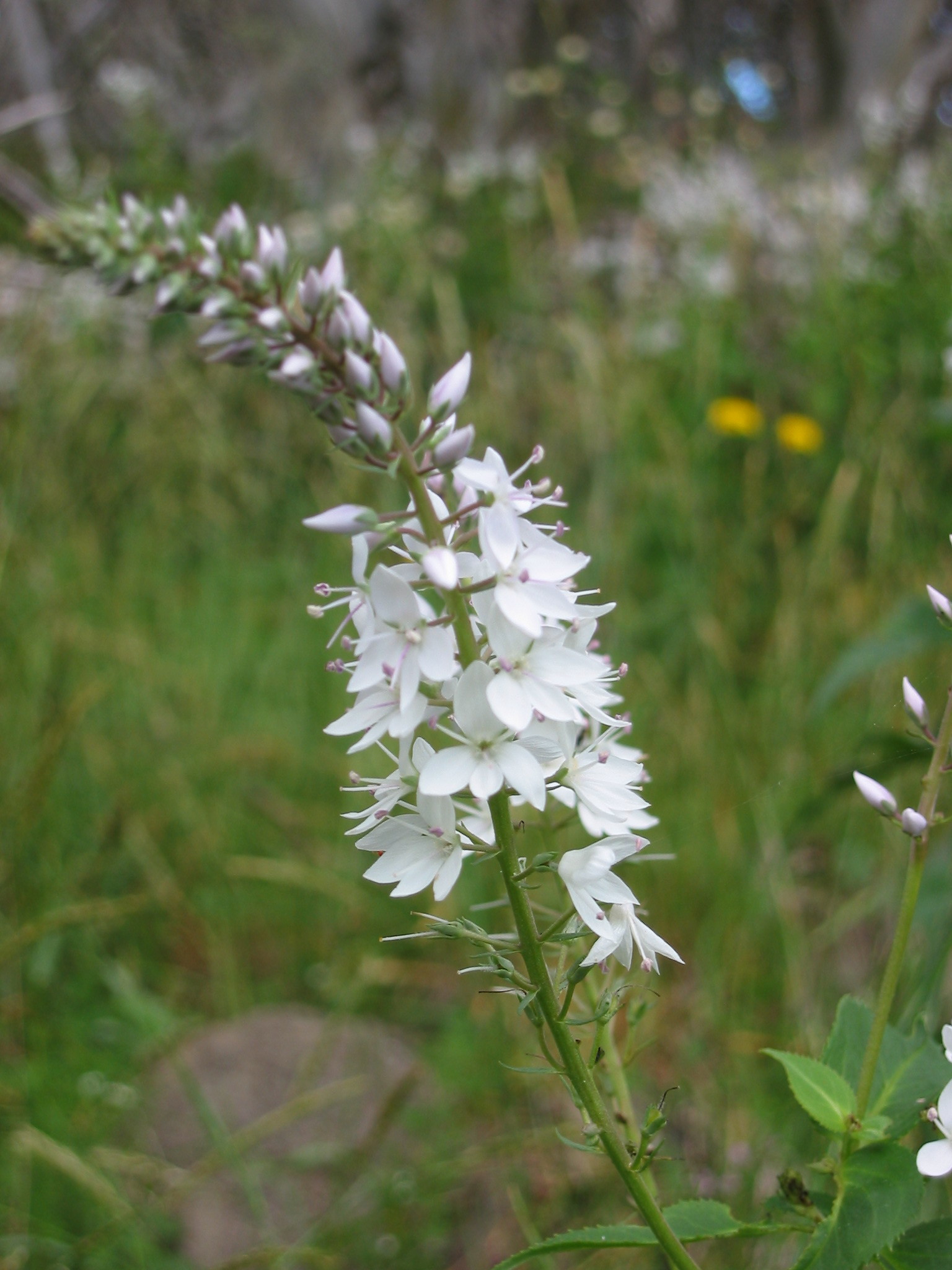
Prepared
by Mt Buller Mt Stirling Resort Management Board
Tags: buller mt, mt buller, stirling, guide, bullermt, buller, planting
- Sample-Constitution_updated
- ZAŁĄCZNIK NR 1 DO ZARZĄDZENIA NR 9021 PREZYDENTA MIASTA
- SOLICITUD CAMBIO DE TITULARIDAD DE IBI DATOS DEL ADQUIRENTE
- DISINFECTANT TESTS SUBMISSION FORM CLIENT INFORMATION COMPANY NAME PURCHASE
- CONSEJERÍA DE EDUCACIÓN COMUNIDAD DE MADRID C
- ŠT 208012 LJUBLJANA 4 DECEMBER 2012 APOSTOLSKA PENITENCIERIJA MESTU
- PRESENTACIÓN DUN TRABALLO DESPOIS DE ELABORAR UN BORRADOR DO
- ZAŁĄCZNIK NR 5 DO UCHWAŁY NR 164XXIX2013 RADY GMINY
- UCHWAŁA NR 272020 KOMITETU MONITORUJĄCEGO REGIONALNY PROGRAM OPERACYJNY WOJEWÓDZTWA
- 4 UNIVERSIDAD DE CHILE FACULTAD DE CIENCIAS AGRONÓMICAS ESCUELA
- INFORMATYKA KLASA 8 TEMAT WPROWADZENIE DO ZNACZNIKÓW JĘZYKA HTML
- CURRICULUM VITAE INFORMATII PERSONALE NUME BORŞ I BOGDAN
- “ASSESSING THE QUALITY OF GOVERNANCE DEVELOPING THE COMMON
- JUNE 2019 SUNDAY MONDAY TUESDAY WEDNESDAY THURSDAY FRIDAY SATURDAY
- S TRAUBE RECHTSANWALT | FACHANWALT V SOWEIT ZUSTELLUNGEN
- MISIÓN COMERCIAL A GRANADA 29 DE NOVIEMBRE DE 2018
- UGOVOR%20za%20kulturu%202020%20(3)
- FEMINIST LEGAL CLINIC DEAR MS ŠIMONOVIĆ UN SPECIAL RAPPORTEUR
- COOLING POWER TEST – KELVINOX 400 – SEPTEMBER 2003
- Knapp’s Rules of Thumb for History Writing 1 Avoid
- LOOKING FOR JOBS APPRENTICESHIPS (AUGUST 2011) 1 LOCAL
- J JOSÉ PERNAS GARCÍA “LA TRANSPOSICIÓN DE LA DIRECTIVA
- SOLICITUD DE MATRÍCULA CÓDIGO 61LH EL VALOR DE LA
- AHRC2832 NACIONES UNIDAS AHRC2832 ASAMBLEA GENERAL DISTR GENERAL 29
- CHAPTER 13 INTERNATIONAL EMERGENCY MANAGEMENT STUDENTS OF EMERGENCY MANAGEMENT
- BIJZONDER ONDERZOEKSFONDS SPECIAL RESEARCH FUND STARTKREDIET WETENSCHAPPELIJK VERSLAG
- HOJA INFORMATIVA BEBETECAS ¿QUÉ ES? ESTE SERVICIO ESTÁ
- INDUSTRIAL COMPRESSED AIR SYSTEM DESCRIPTION MAY 2006 COMPRESSED
- 2017 STATUS REPORT OF THE HEALTH PARTNERS OORDINATION OFFICE
- 0 EDUCV023 97OJI PLENARINĖ SESIJA 2012 M
SIGUIENDO ESTOS SENCILLOS PASOS PUEDES SER PARTE DE NUESTRO
9A & 9B BOYS BASKETBALL WINTER CLASSIC ADCOACH THANK
 ABC INTRAVENOUS GTN PRESCRIPTION FORM INFUSION PATIENT NAME HOSPITAL
ABC INTRAVENOUS GTN PRESCRIPTION FORM INFUSION PATIENT NAME HOSPITAL CONTRATO DE EJECUCION DE OBRA Nº 0082009MTC20 “REHABILITACIÓN Y
CONTRATO DE EJECUCION DE OBRA Nº 0082009MTC20 “REHABILITACIÓN Y TRANSFORMACIONES SOCIOESPACIALES EN EL BARRIO DE RUSSAFA EFECTOS DE
TRANSFORMACIONES SOCIOESPACIALES EN EL BARRIO DE RUSSAFA EFECTOS DE NOTA DE PRENSA AMPARADOS POR LA SOCIEDAD ESPAÑOLA DE
NOTA DE PRENSA AMPARADOS POR LA SOCIEDAD ESPAÑOLA DESMLOUVA O POSKYTNUTÍ SLUŽEB S NÁZVEM „ZAJIŠTĚNÍ
ZASADY REALIZACJI PRAC INŻYNIERSKICH I PRZEPROWADZANIA EGZAMINU INŻYNIERSKIEGO NA
 FREEGROUNDS JUNIOR SCHOOL HOBB LANE HEDGE END SOUTHAMPTON SO30
FREEGROUNDS JUNIOR SCHOOL HOBB LANE HEDGE END SOUTHAMPTON SO30VERPFLICHTUNGSERKLÄRUNG ZUR WAHRUNG DES DATENGEHEIMNISSES NACH § 5 BDSG
 WORDÜBUNG PINSEL FORMATÜBERTRAGUNG W ENN SIE EIN FORMAT AN
WORDÜBUNG PINSEL FORMATÜBERTRAGUNG W ENN SIE EIN FORMAT ANDOJRZAŁOŚĆ SZKOLNA GOTOWOŚĆ DZIECKA DO PODJĘCIA OBOWIĄZKU SZKOLNEGO
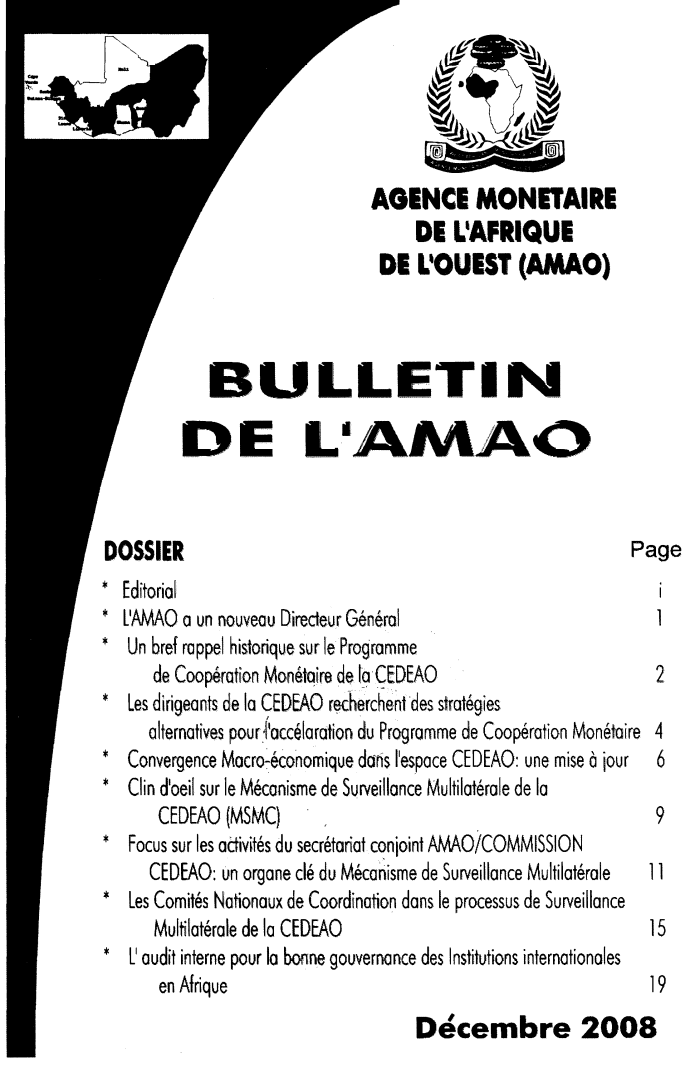 COMITE DE REDACTION DIRECTEUR DE PUBLICATION PROF MOHAMED BEN
COMITE DE REDACTION DIRECTEUR DE PUBLICATION PROF MOHAMED BEN PATVIRTINTA 2014–2020 M EUROPOS SĄJUNGOS STRUKTŪRINIŲ FONDŲ ADMINISTRAVIMO DARBO
PATVIRTINTA 2014–2020 M EUROPOS SĄJUNGOS STRUKTŪRINIŲ FONDŲ ADMINISTRAVIMO DARBO ZAŁĄCZNIK NR 1 DO ZAPYTANIA OFERTOWEGO NR 8POWER2019 FORMULARZ
ZAŁĄCZNIK NR 1 DO ZAPYTANIA OFERTOWEGO NR 8POWER2019 FORMULARZ WONDER DOCUMENT INF4260 GEIRR SETHRE MADS TOOL HENNING
WONDER DOCUMENT INF4260 GEIRR SETHRE MADS TOOL HENNINGCASO PRÁCTICO DISTRIBUCIONES BIDIMENSIONALES LOS DIRECTIVOS DE UNA CADENA
 INDIVIDUAL CHARACTERISTICS FORM (ICF) US DEPARTMENT OF LABOR WORK
INDIVIDUAL CHARACTERISTICS FORM (ICF) US DEPARTMENT OF LABOR WORKPREDLOG NA PODLAGI PETEGA ODSTAVKA 87 ČLENA STANOVANJSKEGA ZAKONA
T ABLE OF CONTENTS A DETAILED TABLE OFCONTENTS